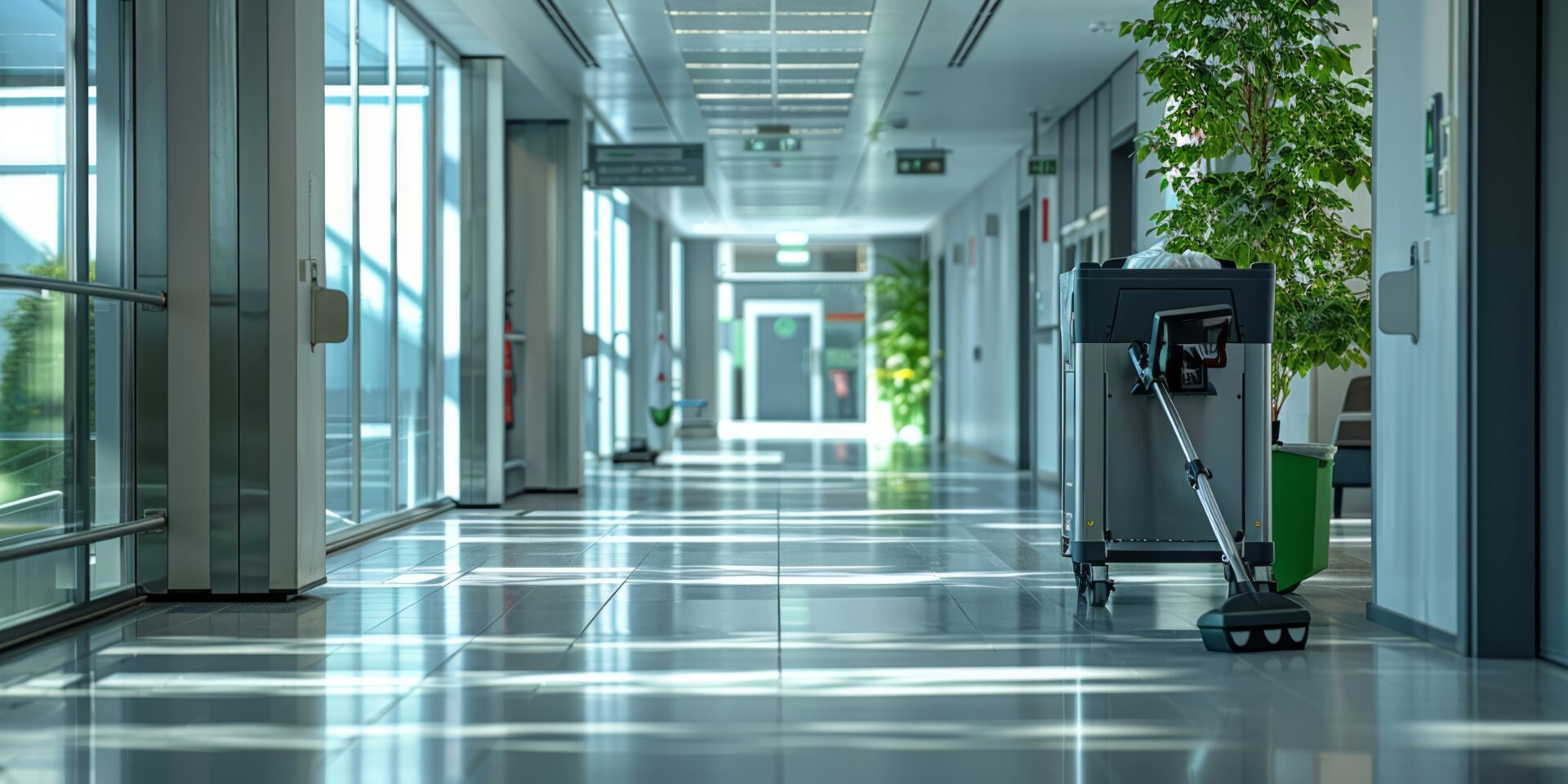
The importance of indoor air quality testing in office buildings
In today’s workplace, ensuring a healthy and productive environment for employees is crucial. One of the most significant factors influencing workplace well-being is indoor air quality (IAQ).
As part of our focus on smart buildings, R-Zero offers advanced indoor air quality testing solutions like the R-Zero IAQ Monitor, designed specifically for enhancing occupant comfort and well-being in commercial buildings.
Why indoor air quality testing matters
Indoor air quality testing is vital for identifying pollutants that can affect health and productivity. Common indoor air pollutants include volatile organic compounds (VOCs), particulate matter (PM2.5 and PM10), carbon dioxide (CO2), formaldehyde (CH20), and other allergens. These pollutants can cause various issues, such as discomfort, respiratory problems, headaches, fatigue, and even illnesses. By conducting regular IAQ testing, building owners and operators can detect and take corrective action against these risks early.
Benefits of regular IAQ testing
Enhanced occupant well-being and productivity: Poor air quality can lead to increased sick days and reduced productivity. With a reliable indoor air quality test, companies can ensure their employees are breathing clean air, leading to improved performance and higher efficiency.
Compliance with regulations: Many states have regulations regarding indoor air quality in workplaces. Regular IAQ testing helps building owners and operators stay compliant with these standards, avoiding potential fines and legal issues.
Energy efficiency: Proper IAQ management can also lead to energy savings. By identifying and addressing issues like poor ventilation or inefficient HVAC systems, building owners and managers can reduce energy consumption and lower operational costs.
R-Zero IAQ Monitor: A comprehensive indoor air quality tester
R-Zero’s IAQ Monitor is an advanced indoor air quality tester designed for precision and ease of use. It provides real-time monitoring and detailed insights on various air quality parameters required for green building accreditations like RESET and WELL, including VOCs, PM2.5, CO2, temperature, and humidity. This comprehensive data allows organizations to make informed decisions about their indoor environment.
Implementing an IAQ testing program
To implement an effective IAQ testing program, follow these steps:
Baseline assessment: Conduct an initial indoor air quality test to establish a baseline for current air quality conditions.
Regular monitoring: Use an IAQ monitor to continuously measure air quality and detect any changes or trends.
Take action: Based on the data collected, implement necessary changes such as improving ventilation, using air filtration, or altering cleaning practices like UV-C.
Review and improve: Regularly review IAQ data and the effectiveness of implemented changes, making adjustments as needed to maintain optimal air quality.
Improve indoor air quality with R-Zero
Indoor air quality testing is a critical component of maintaining a healthy and productive office environment. With a solid indoor air quality testing strategy, businesses can ensure they are providing environments for their employees to thrive.
More posts you might like
-

Why should I improve indoor air quality (IAQ) & indoor environmental quality (IEQ) in my buildings?
The Importance of Healthy Indoor Air Quality Clean air and proper ventilation indoors is crucial for the creation of high-performance work places, classrooms, and healthcare environments. It’s also essential in fostering comfort, productivity, and well-being for your building occupants. Imagine walking into a building optimized for health and comfort. The air feels fresh and light. […]
-

How to Improve Indoor Air Quality in Your Buildings
As a building owner or operator, ensuring optimal indoor air quality (IAQ) in your spaces is essential for the well-being and productivity of your tenants and occupants. To help you get started, here’s a guide to ensure you are meeting indoor air quality standards across your real estate portfolio. Understanding Indoor Air Quality Standards To […]
-

What is Smart Cleaning & How Can it Benefit My Healthcare Facility?
Did you miss our recent webinar on how smart cleaning can help optimize healthcare facilities for people, energy, and sustainability? During the webinar, our healthcare experts covered insights and case studies exploring how data-driven strategies are enhancing hospital cleaning protocols, resulting in optimized EVS staff productivity, faster patient room turnaround, and more effective cleaning of […]

